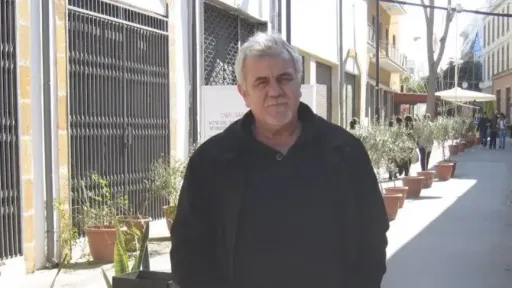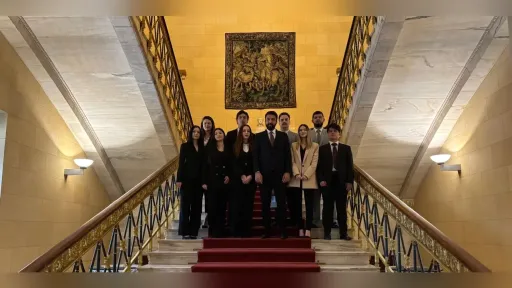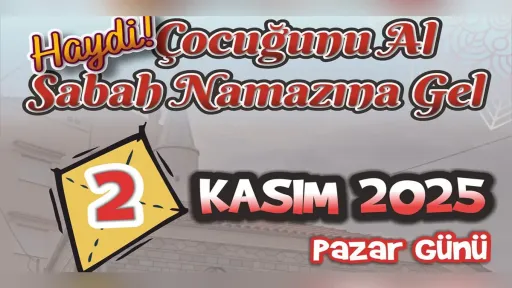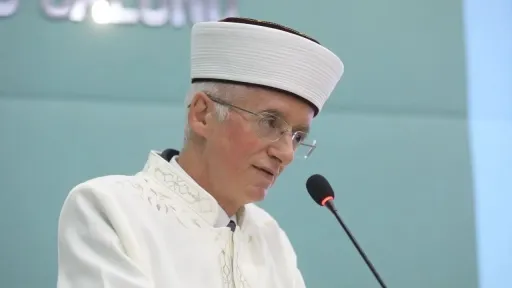The problem of the social and political representation

In Western Thrace almost half of the population is Turkish. The number of civil servants, however, does not reflect the population rate.
The Greek government applied policies aimed to change demographic structure of the region by transferring Orthodox population from the ex-Soviet Union countries to limit the proportion of the Minority members in local administrations.
The 3% barrier for the independent candidates in MP elections and new discriminations in Local Administrations are the main problems against the political representation.
The founder of Friendship, Equality, and Peace Party Sadık Ahmet who was also imprisoned several times and is known as the leader of the Turkish Minority was the first Turkish Minority Member who was elected to the Greek Parliament. However, in 1990 the amendment which included 3% national threshold (twice as much as the minority population) was introduced. Currently, the minority tends to elect Turk candidates from other national parties.
In spite of the 3% national threshold, the party takes place in the European Parliament (EP) elections. In the last elections, FEP Party has garnered the support of ethnic Turks living in Greece compared to the 2014 EP elections. The party ranked first in Rhodopi and Xanthi provinces, receiving 38% and 25% of the votes respectively.
Lastly, as local administration the minority usually elects ethnic Turks in regions consisted mostly of minority members. However, there is a new reform regarding the local administrations in Greece that is not well defined yet. The aim of the "Kapodistria Plan" as it is named, is to unify small communities and to create municipalities from these unification.
These new rearrangements will become new reason for separations against Minority.
The Minority population density is near to 40% in Xanthi and 50% in Komotini (Rodopi). At the third province of Evros the density is around 7%. According to the plans that have come to lights (but haven't defined yet) there will be 10 municipalities created both in Xanthi and in Rodopi provinces. And the plan has designed in a such way that there will be only 2 Minority mayors elected from each province where the rest 8 will be majority mayors.







